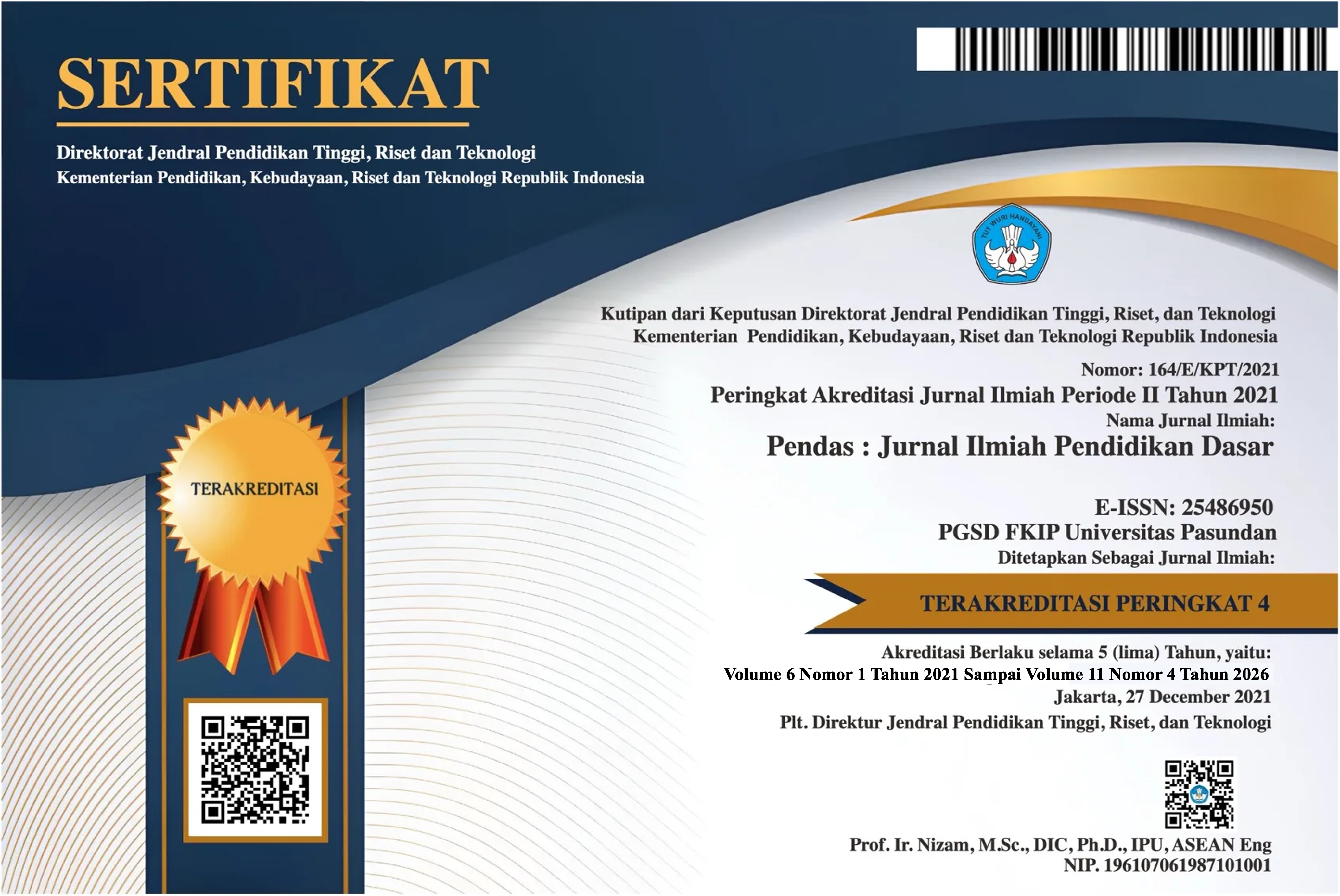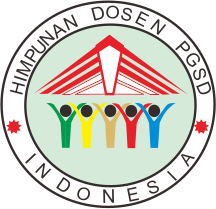PENGARUH MEDIA KARPET PUZZLE INOVATIF BERBASIS PERMAINAN ULAR TANGGA TERHADAP KEMAMPUAN LITERASI NUMERASI ANAK USIA DINI
DOI:
https://doi.org/10.23969/jp.v10i03.32231Keywords:
Innovative Puzzle Carpet Media 1, Snakes and Ladders Game 2, Children's Literacy and Numeracy Skills 3Abstract
Early childhood numeracy literacy skills play a crucial role as the foundation for logical thinking, problem-solving, and readiness for the next level of education. However, in practice, many children still struggle to recognize number concepts, connect symbols with quantities, and apply them in daily activities. This condition is exacerbated by the limited availability of learning media that can facilitate numeracy learning in an interactive and enjoyable manner, causing children to become easily bored and less motivated. This study aims to examine the effectiveness of a puzzle carpet based on the snakes and ladders game as an engaging alternative learning medium to enhance children’s numeracy literacy skills. This research employed a quantitative approach with a quasi-experimental design. The study population consisted of group B children at TK Telkom Padang, with purposive samples from class B6 (control) and class B8 (experimental), each comprising fewer than 15 children. Data collection techniques included observation, tests, and documentation. Data analysis was conducted using normality tests, homogeneity tests, and hypothesis testing with SPSS 30.0 for Windows. The results showed an increase in the average score in the experimental class from 10.33 (pre-test) to 21.89 (post-test), while in the control class, scores increased from 9.56 to 20.06. A significance value of 0.001 (p < 0.05) indicated a significant effect. Thus, the puzzle carpet based on the snakes and ladders game was proven effective in improving early childhood numeracy literacy skills at TK Telkom Padang.
Downloads
References
Kurniasih, N., & Watini, S. (2022). Penggunaan media pembelajaran inovatif untuk meningkatkan literasi numerasi anak. Jurnal Obsesi: Jurnal Pendidikan Anak Usia Dini, 6(4), 3456–3466.
Lawesh, C. H. (1975). A quantitative approach to content validity. Personnel Psychology, 28(4), 563–575.
MacDonald, A. (2015). Understanding young children’s mathematical thinking: A developmental approach. New York: Routledge.
Mujtahidin, M., Suryana, D., & Rachmawati, Y. (2024). Media pembelajaran berbasis permainan untuk anak usia dini. Jurnal Golden Age, 8(1), 15–25.
Nurul, Y. (2021). Pentingnya literasi numerasi pada anak usia dini. Jurnal Pendidikan Anak, 10(2), 45–55.
OECD. (2018). The future of education and skills: Education 2030. Paris: OECD Publishing.
Ramadhani, F. (2020). Analisis kesulitan belajar numerasi pada anak usia dini. Jurnal Pendidikan Dasar Nusantara, 6(1), 22–33.
Sari, D., & Pratiwi, H. (2021). Kesulitan anak usia dini dalam memahami konsep bilangan. Jurnal Obsesi: Jurnal Pendidikan Anak Usia Dini, 5(2), 990–999.
Slavin, R. E. (2007). Educational psychology: Theory and practice (9th ed.). Boston: Pearson.
Vitha, E., Murni, & Fransiska. (2022). Peningkatan kemampuan mengenal huruf kecil melalui media permainan ular tangga modifikasi di kelompok bermain Taruna Elim Kuanino. Pelita PAUD, 7(1), 1–10. https://jurnal.umkuningan.ac.id/index.php/pelitapaud/article/view/4144
Vygotsky, L. S. (1978). Mind in society: The development of higher psychological processes. Cambridge, MA: Harvard University Press.
Downloads
Published
Issue
Section
License
Copyright (c) 2025 Pendas : Jurnal Ilmiah Pendidikan Dasar

This work is licensed under a Creative Commons Attribution 4.0 International License.



















